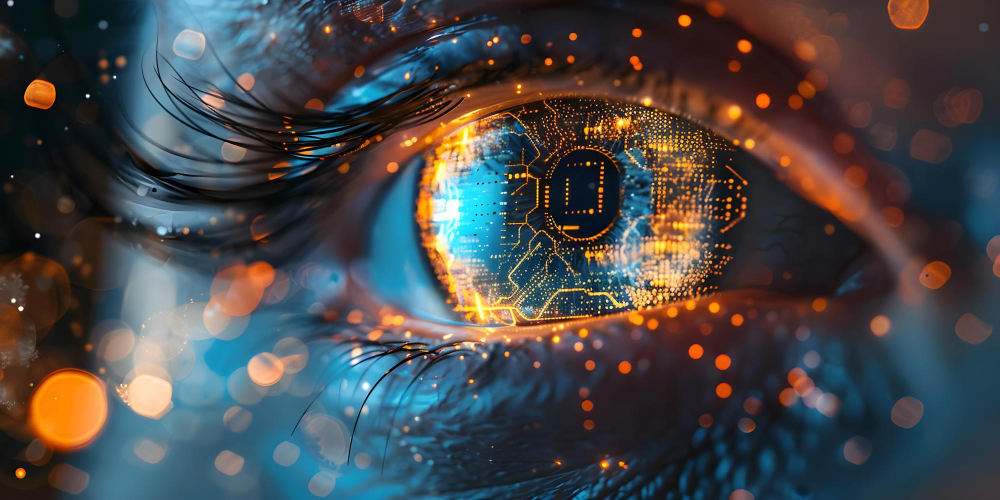
In an era dominated by rapid technological advancements, the fusion of artificial intelligence and visual processing has given rise to a groundbreaking field known as Embedded Vision. This transformative technology is reshaping industries, from automotive to healthcare, by imbuing machines with the ability to perceive and understand the visual world around them. In this blog post, we delve into the intricacies of Embedded Vision, exploring its applications, challenges, and the profound impact it is having on our society.
Understanding Embedded Vision
Embedded Vision refers to the integration of computer vision capabilities into embedded systems, enabling devices to interpret and analyze visual information in real-time. Unlike traditional computer vision systems that rely on powerful external hardware, Embedded Vision brings this functionality directly into the devices themselves, ranging from smartphones and surveillance cameras to autonomous vehicles and industrial robots.
Applications of Embedded Vision
The applications of Embedded Vision are as diverse as they are revolutionary. In automotive industries, it powers advanced driver assistance systems (ADAS) and autonomous vehicles, enhancing road safety and enabling self-driving capabilities. In healthcare, Embedded Vision facilitates medical imaging, diagnosis, and surgery, revolutionizing patient care and treatment outcomes. Moreover, in retail and manufacturing, it enables automated quality inspection, inventory management, and product recognition, driving efficiency and productivity to unprecedented levels.
Challenges and Innovations in Embedded Vision
Despite its immense potential, Embedded Vision poses several challenges, including computational complexity, power efficiency, and real-time processing requirements. However, continuous advancements in hardware accelerators, deep learning algorithms, and edge computing are addressing these challenges head-on. From specialized vision processing units (VPUs) to optimized neural network architectures, innovative solutions are emerging to unlock the full potential of Embedded Vision across various domains.
The Impact on Society
The integration of Embedded Vision into everyday devices is fundamentally reshaping how we interact with technology and perceive the world around us. It is enabling a new era of smart, responsive systems that can interpret and react to visual cues with human-like precision. From enhancing safety on our roads to revolutionizing healthcare delivery, Embedded Vision is poised to have a profound and far-reaching impact on society, ushering in a future where machines
Conclusion
Embedded Vision represents a paradigm shift in how machines perceive and interpret visual information, unlocking unprecedented capabilities across a wide range of industries. As this transformative technology continues to evolve, it holds the promise of revolutionizing everything from transportation and healthcare to manufacturing and entertainment. By redefining perception in the digital age, Embedded Vision is paving the way for a future where machines seamlessly integrate into our daily lives, enriching experiences, and enhancing safety

No comments yet